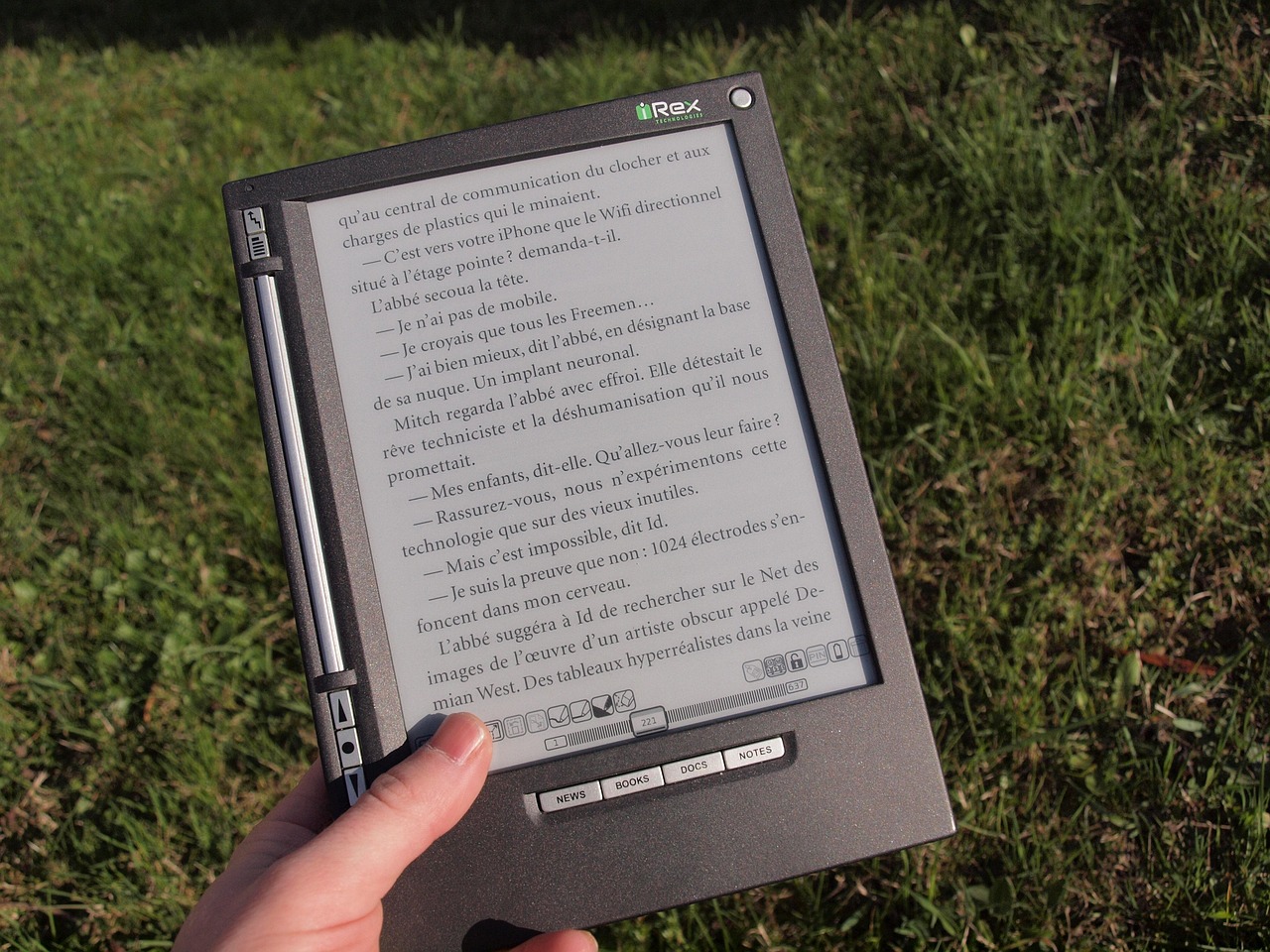The world of electronic paper displays is on the cusp of a major breakthrough. While traditionally known for their excellent battery life and readability but hampered by slow refresh rates, new developments in e-ink technology are challenging these limitations.
Recent advances in electronic paper are pushing refresh rates beyond what was previously thought possible. While current e-readers typically refresh at 1-5Hz, new prototypes have demonstrated refresh rates reaching 60Hz – smooth enough for video playback and basic animation. This is achieved through innovations in how the electronic ink particles respond to electrical signals, allowing for faster state changes without sacrificing the technology’s fundamental low-power benefits.
The power efficiency of e-ink remains its defining feature. Even with higher refresh rates, these displays consume power only when changing states, using virtually no energy to maintain a static image. This could revolutionize mobile devices, potentially extending battery life from hours to days or even weeks.
Color e-ink has also matured significantly. New color technologies can display thousands of colors while maintaining the paper-like quality that makes e-ink so appealing. Unlike traditional LCD or OLED displays, these colored e-ink panels remain perfectly visible in bright sunlight and don’t cause eye strain during extended use.
Looking ahead, we might see e-ink displays in smartphones, smartwatches, and tablets that can switch between high-refresh mode for active use and static mode for reading or displaying static information. Imagine a phone that could function as both a traditional smartphone and an e-reader, automatically switching display modes based on your activity.
The implications for wearable technology are particularly exciting. Smart bands or watches with wrap-around e-ink displays could provide continuous information display without daily charging, while still offering smooth animations when needed.
The main challenge now lies in manufacturing these advanced e-ink displays at scale and at competitive prices. However, as the technology continues to evolve and production processes improve, we might soon see these next-generation e-ink displays become a common alternative to traditional screen technologies.




